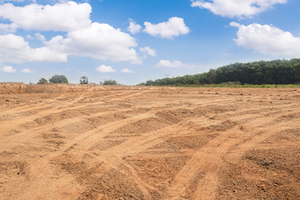Managing soil after a long drought can be challenging, but the Iowa State University Extension and Outreach program is now sharing its tips for how producers can successfully rebound.
A lack of soil moisture can produce unfavorable conditions for soil fracturing. Producers may be faced with large soil clods that are difficult to break with secondary tillage come spring. Excessively dry soil can also be costly in terms of fuel and time use, compared to soil with a normal amount of moisture.
Those struggling with dry soil may want to limit soil disturbance and keep residue on the soil surface. Crop residue can potentially mitigate drought conditions by trapping rain and snow moisture to “recharge” the soil for the following season. It has been documented that keeping residue with no-till on the soil surface can help trap up to 70% more of the water in rain or snowmelt, as compared to conventional tillage.
Conservation practices also play a critical role in managing soil moisture. A reduction in soil disturbance in no-till both minimizes soil moisture loss and maximizes soil moisture storage.
In general, each tillage pass can result in a loss of 1/4 inch of soil moisture. For this reason, caution should be exercised in using tillage to manage dry soil. Furthermore, producers should keep residue upright on the soil surface to increase the soil profile moisture.
More information on tillage and recovering from dry soil can be found on the ISU Extension and Outreach website.
